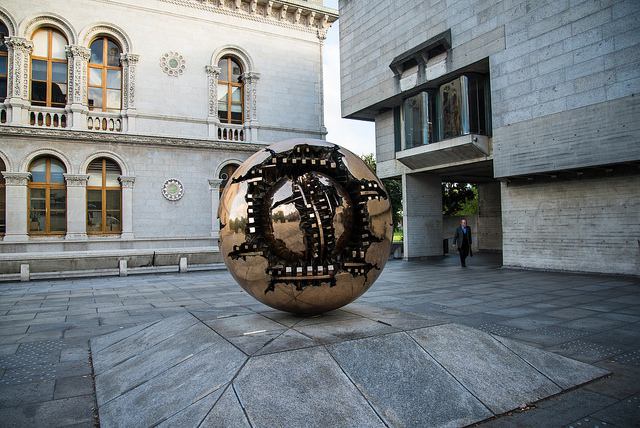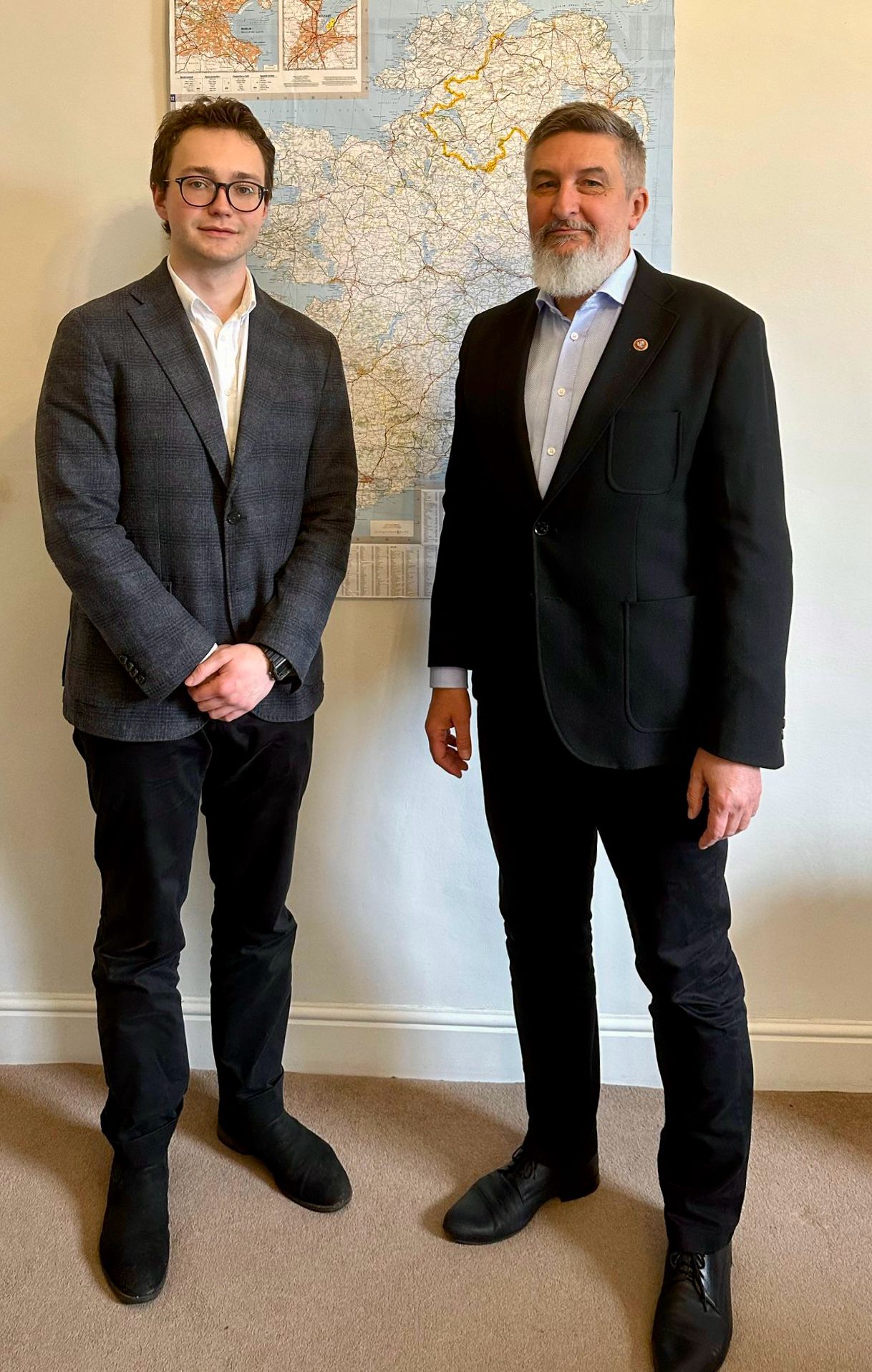The Global Relations Office is estimated to meet 91 per cent of its target for income from international students in the 2016/17 academic year.
While final figures, submitted to the Financial Committee in December, are not yet ready, estimates seen by The University Times indicate that at least 91 per cent, though perhaps as high as 94 per cent, of the target will be met. In an email statement to The University Times, the Vice-Provost, Chris Morash, praised the Global Relations Office’s work as “impressive”. However, he noted the necessity of meeting these targets as “there are key pieces of the budgeting models that rely on it”.
These figures do not include income generated from non-EU fees in Trinity Business School or other sources of income arising from partnerships with Thapar University, Brown Summer School, the International Foundation Programme and Singapore Institute of Technology.
The Global Relations Strategy was launched in 2009 and outlined a target of increasing the proportion of non-EU students from 7.8 per cent in 2009 to 18 per cent in 2019. The success of the programme means that by 2019 there will be around 3,000 non-EU students studying in Trinity.
A midterm review of the strategy is currently underway and is expected to be released at the beginning of the next academic year. A further strategy with similar targets is expected to be launched in 2019 to continue the progress Trinity’s Global Relations Office has made in recent years.
The Finance Committee noted the Faculty of Engineering, Maths and Science’s lack of provision of taught postgraduate programmes, as the faculty would have a high number of research postgraduate programmes, and general lack of engagement with the Global Relations Strategy.
The committee noted the Brazilian government’s termination of the “Science Without Borders” programme, which saw 250 Brazilian students come to study in over a three-year period. In an email statement to The University Times, the Vice-President for Global Relations, Prof Juliette Hussey, described the programme as “very successful”. She highlighted the capacity for more visiting students in the faculty and spoke about targeting US students, citing a “growing interest” in Trinity there.
The Finance Committee, on December 12th, noted that it supported an increase in the Global Relations Office budget, but, considering the university’s current financial position, a more detailed request would have to be made.
Hussey put the success of the programme down to “Trinity’s attractiveness as a destination for international students, as well as the dedicated work by all in Global Relations and the wider Trinity Community”.
Hussey underscored the importance of partnerships with universities around the world, such as with Singapore Institute of Technology and Thapar University in India, for the “delivery on our wider strategic objectives and building our international reputation, as well as supporting recruitment and a diverse student body on campus”.
Highlighting the importance of the internationalisation of campus, Morash stated: “Working with institutions not only has a certain rationale of scale, but in terms of working with institutions to provide the kind of support that cohorts of visiting students can benefit from.”
The success in meeting the targets set out in the strategy comes a year after the Finance Committee expressed concern over whether the Global Relations Office would meet their targets for that year. However, the targets were met after late student acceptances came in.
While reputation and programme choices, among other factors, are important for attracting international students, the Global Relations Office reaches out to students with presence at education fairs and open days, engagement with schools and interaction with education agents.
The office collaborates with faculties and schools to figure out where there is the capacity to allocate places for international students. Trinity students come from 122 countries with high increases in numbers from countries like the US, India and China.







